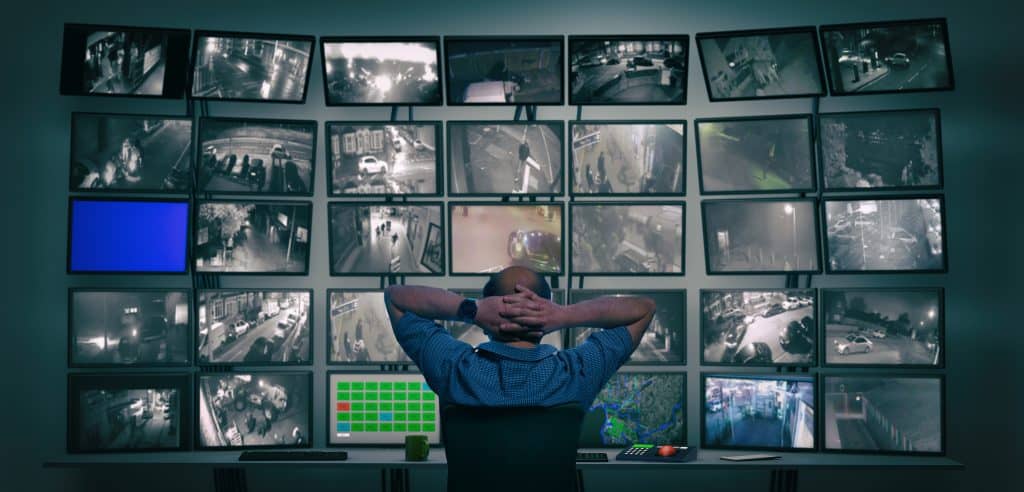Storage in the Age of Video Surveillance
By Andrew Dodd, Guest Blogger, Worldwide Marketing Communications Manager
at Hewlett Packard Enterprise Storage

The presence of a ring of video surveillance cameras clinging to a vantage spot like a cluster of digital coconuts has long been a familiar sight in public spaces. And for many years, in both Hollywood and on television, countless storylines have turned on whether the detectives or investigators could access CCTV footage and solve the mystery by reviewing the tale of the tape.
But although the idea of cameras and surveillance has become an accepted feature of society (like it or not), what is less obvious perhaps is how much the market for video surveillance equipment is growing and how much the cameras themselves have changed. Both of these factors have profound implications for digital storage.
You had better be ready for your close up
First, the market. A 2020 report from IDC entitled “Worldwide Video Surveillance Camera Forecast, 2020-2025” (#US46230720) estimates that by 2025, the worldwide video surveillance camera market will grow to $44 billion, up from $23.6 billion in 2019, with a five-year compound annual growth rate (CAGR) of nearly 13%. This is largely due to the increasing adoption of smart camera systems and analytical software that enables them to be utilized in a variety of roles — beyond simple surveillance. Another report, by research firm IHS Markit, predicts that by the end of 2021 alone, there will be 1 billion surveillance cameras installed globally, with over 50% of those in a single country: China.
The growth of 4K
In the past, video surveillance cameras have sometimes been criticised both for their ubiquity and their usefulness: critics pointed out that although the cameras seemed to be proliferating in many public spaces, their benefit was undermined by poor image quality and resolution. Not any more. The next-gen cameras that are driving the growth to 2025 will increasingly deliver HD and Ultra HD (4K) images of astonishing detail and clarity. In turn, this is opening up a wealth of new applications that can be managed by artificial intelligence systems: for example, monitoring industrial equipment, providing security, and (more controversially) real-time facial recognition.
Why are cameras being deployed?
Many of today’s larger organizations such as hospitals, airports, university campuses, and casinos find themselves needing a video surveillance system as either a replacement for an aging CCTV installation or as a brand-new installation. The ability to quickly and easily provide high-resolution video evidence of a security incident can be very relevant in narrowing down suspects in case of a crime. And the same video evidence can also limit the liability of an organization in case of a lawsuit. So there are clearly business benefits in upgrading to the latest surveillance technology.
The storage challenge
But if the number of cameras is increasing rapidly, and if the quality of the images they produce is becoming more refined and detailed, then all of this can only mean one thing: we’re going to need a lot more storage. Gone are the days when weeks of footage could be kept on a handful of old videotapes that could be wiped and reused at the end of the month. In the first instance, today’s surveillance cameras record primarily record to disk. And a single hour of RAW 4K video footage produced by just one unit consumes something in the region of 110GB of disk capacity. Multiply this by millions of hours, and hundreds of millions of cameras, and it’s clear that video surveillance applications will require colossal amounts of storage, not just for the primary purpose of storing the original footage, but also for backing up and archiving that material.

